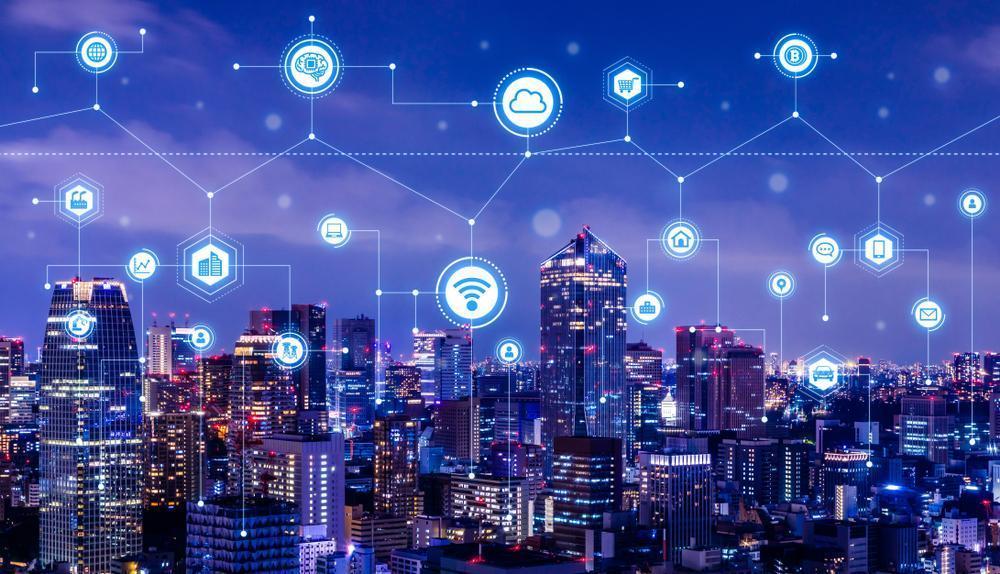
Smart Building Certification: the Biggest Thing Since LEED?
New building certifications are a harbinger of great change for the construction industry and all of the niches surrounding it – architecture, design, contracting, and all of the various associated trades. From single-family residential to multi-unit and commercial developments, it provides a wealth of opportunity for all stakeholders.
Take Energy Star, for example, or LEED. Both of these programs were instituted at times when the industry was in need of a change. Both helped to take the building market in a positive new direction that smart contractors were eager to take advantage of.
Being green is no longer a luxury
But what’s next? As we continue to strive for green practices in an effort to reduce carbon emissions, energy consumption, and associated costs, these new efficiencies are becoming more affordable and accessible. Being green is no longer a luxury – it’s a mandate that can provide benefits at every level. From the builder who can provide the certified product to the homeowner who reaps the rewards in cost savings, we all stand to gain.
Are smart buildings in our future?
Enhancing and supporting this new reality is the concept of smart buildings. Architects, builders, and manufacturers are looking ahead to a connected future, one fueled by the Internet of Things (IoT). Many IoT products already exist to help building owners enhance their energy efficiency and comfort, prevent downtime and improve maintenance, so it stands to reason that modern building practices should consider IoT integration as part of the overall scheme. A smart building certification could be just around the corner.
Smart Readiness Indicator (SRI) may be coming in the EU
In the EU, there is already a study underway that is looking at the feasibility of a “Smart Readiness Indicator” (SRI) for new buildings. The primary purpose of this marque would be to support the integration of renewable energy systems and provide an incentive for the incorporation of information and communications technology (ICT) solutions. The result would be, ideally, healthier, more energy-efficient and comfortable buildings.
As the study will continue into July of 2018, there is no way to predict which way the pendulum will swing. If the LEED process is any indication, the next hurdle will be defining what a “smart building” really is. Market acceptance will have to follow, but it may not be an easy progression. A similar initiative was attempted several years ago but it did not go beyond the initial stages.
However, much has changed since then. Technology has become more accessible from a financial standpoint. Efficiency, viability, and dependability are improving on a daily basis. Underscoring all of this is the fact that reducing carbon emissions is still a challenge that needs a solution. As all of these factors continue to present themselves, a future that includes a smart building certification (or SRI) seems more likely.
Safety Workwear is your source for flame-resistant apparel, high-vis apparel, and all manner of safety accessories for the workforce. Check this space often for more news and safety tips.
